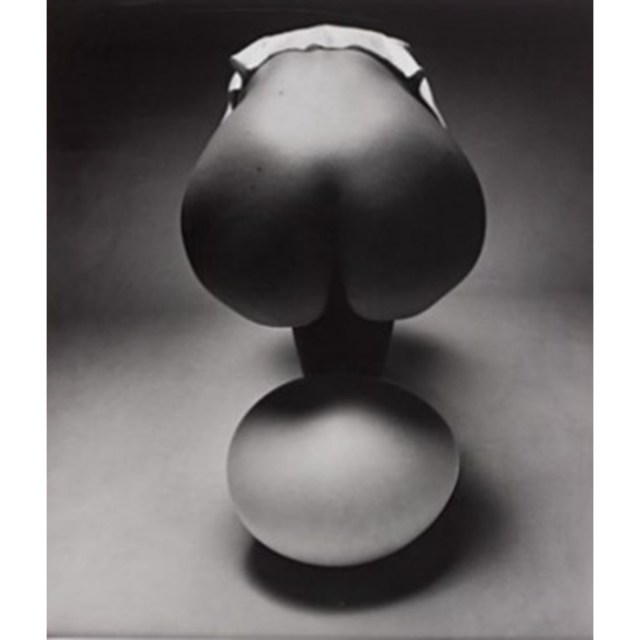Guy Bourdin (1928–1991) was a pioneering French fashion photographer whose provocative and imaginative images revolutionized the genre. Born in Paris, Bourdin's artistic sensibilities were shaped by his early exposure to Surrealism and the mentorship of Man Ray. His fascination with the subconscious and the absurd informed his visual style, resulting in photographs that were both arresting and enigmatic.
Bourdin began his career in the 1950s, working for Vogue Paris, where his bold use of color, experimental compositions, and provocative narratives quickly set him apart. His editorial spreads often blurred the lines between fashion and fine art, using enigmatic storytelling and striking visual tension to captivate viewers. Collaborations with luxury shoe designer Charles Jourdan further cemented his reputation, as Bourdin's campaigns reimagined commercial photography with surreal, unsettling scenes that pushed the boundaries of advertising.
Throughout his career, Bourdin's images subverted traditional notions of beauty and desire. He frequently employed fragmented bodies, ambiguous narratives, and dreamlike settings, inviting viewers to engage with the complex psychological undertones of his work. Despite his commercial success, Bourdin remained enigmatic and fiercely independent, rarely granting interviews or seeking public recognition.
His influence on contemporary photography is profound, inspiring countless artists and designers who draw upon his daring aesthetic. Bourdin's legacy is preserved through numerous retrospectives and publications, including the posthumous release of monographs celebrating his contributions to visual culture. Today, his work is celebrated not only as a cornerstone of fashion photography but also as a powerful exploration of the surreal and the sublime.
"While a painter his entire life, Bourdin was a self-taught photographer who is best known for his work with magazines such as Vogue and brands such as Chanel, Ungaro and Charles Jourdan. Bourdin’s sharp images contained fascinating narratives. His aim was to show that the photograph could be more interesting than the product that the image was designed to sell.
Bourdin’s photography was often highly sensual, even violently so. He was a committed perfectionist who sought to transcend conventional standards of beauty and conventional morality by creating photographs that very often contained sharp juxtapositions of seemingly contradictory themes. Many times he would use visual disruptions that consisted of contrasts between the beautiful and the ugly; the absurd; the incongruent and even the use of death. Bourdin’s work was highly influential in the 70s and seemed to capture the ethos of the times. His work changed the course of fashion photography in the decades following." © Cigdem Mirol
